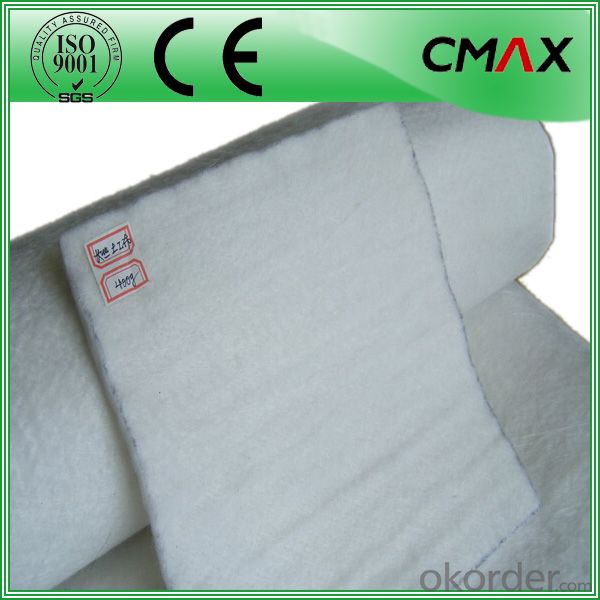- Understanding the Role of Geomembrane Liners in Waste Management
- Innovations in Geomembrane Liners for Water Management
- Geomembrane Liners: A Comprehensive Guide
- The Future of Geomembrane Liners in Civil Engineering
- Geomembrane Liners: Enhancing Landfill Stability
Manager:
WhatsApp:+86 177 0135 2670
Tel:+86 177 0135 2670
Email:marketing@okorder.com
Address:3rd Floor, No.2 Building, No.1 Sanlihe Road
Geomembrane Liners: A Barrier Against Chemical Seepage
Geomembranes, also known as synthetic liners, are a type of flexible barrier material that are used to prevent the seepage of chemicals into the environment. They are typically made from high-density polyethylene (HDPE) or other polymers and are used in a variety of applications, including landfills, wastewater treatment plants, and mining operations. In this article, we will explore the benefits and drawbacks of using geomembranes as a barrier against chemical seepage, as well as some of the factors that need to be considered when designing and installing these liners.

First and foremost, let's talk about the benefits of using geomembranes. One of the main advantages is that they are highly effective at preventing the seepage of chemicals into the environment. This is particularly important in situations where there is a risk of contamination, such as in landfills or wastewater treatment plants. By using a geomembrane liner, you can significantly reduce the risk of chemical seepage and protect the surrounding environment.
Another benefit of using geomembranes is that they are relatively easy to install. They can be rolled out and welded together to create a seamless barrier, which helps to ensure that there are no gaps or seams where chemicals could potentially seep through. This makes them a popular choice for many different types of projects, including those that require a high level of precision and accuracy.
However, there are also some drawbacks to using geomembranes. One of the main issues is that they can be quite expensive, particularly for large-scale projects. The cost of the material itself, as well as the labor required to install it, can add up quickly, making it a less attractive option for some organizations. Additionally, there is the potential for damage to the liner during installation or over time, which can compromise its effectiveness as a barrier.
When designing and installing a geomembrane liner, there are several factors that need to be considered. First and foremost, it is important to choose the right type of material for the specific application. Different materials have different properties, such as flexibility, strength, and resistance to chemicals, so it is important to select one that is appropriate for the chemicals that will be in contact with the liner.
Another important factor to consider is the thickness of the liner. Thicker liners may provide better protection against chemical seepage, but they can also be more difficult to install and more expensive. It is important to strike a balance between cost and effectiveness when selecting the thickness of the liner.
The installation process itself is also critical to the success of the geomembrane liner. Proper installation techniques need to be followed to ensure that the liner is properly sealed and that there are no gaps or seams where chemicals could potentially seep through. This includes carefully preparing the surface that the liner will be installed on, as well as using the appropriate welding techniques to ensure a strong and durable seal.
In addition to these factors, it is also important to consider the long-term maintenance and monitoring of the geomembrane liner. Over time, the liner may be subject to wear and tear, as well as potential damage from external factors such as weather or vandalism. Regular inspections and maintenance can help to identify and address any issues before they become more serious problems.
In conclusion, geomembranes are a highly effective barrier against chemical seepage, but they do come with some drawbacks and considerations. By carefully selecting the right material, thickness, and installation techniques, you can maximize the effectiveness of the liner and protect the environment from potential contamination. Regular maintenance and monitoring are also important to ensure the long-term success of the geomembrane liner.
- Previous:Geomembrane Liners: A Sustainable Choice for Modern Infrastructure
- Next:Geomembrane Liners in the Construction of Canals and Ditches






